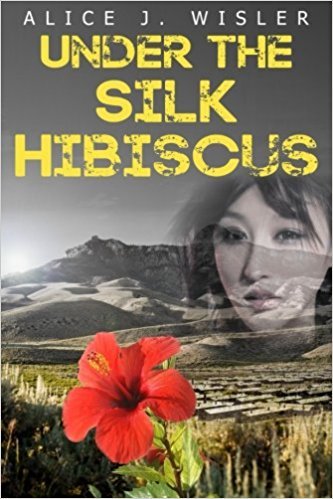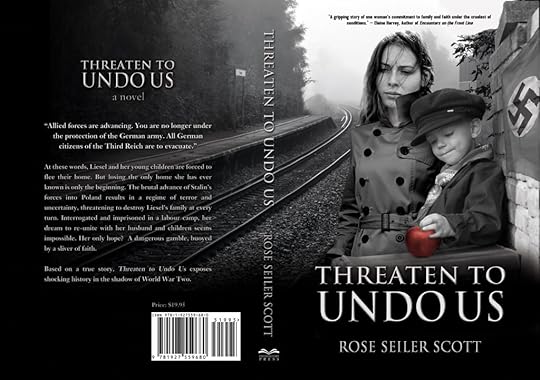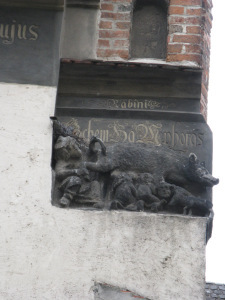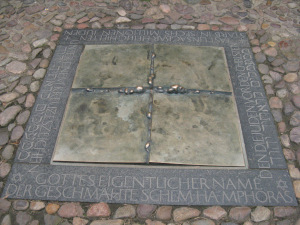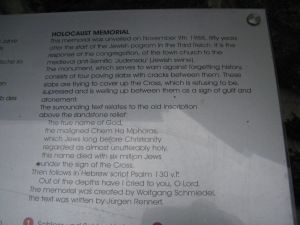Rose Seiler Scott's Blog, page 2
July 11, 2017
Book Review: On Hitler’s Mountain
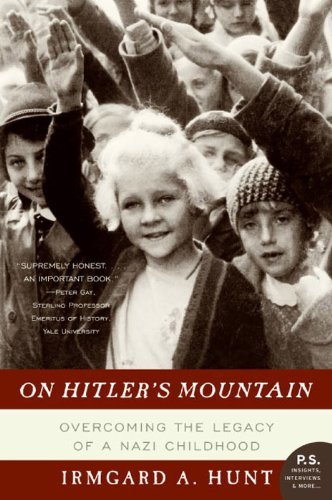 What is it that caused ordinary Germans to follow Hitler? Why did they go along with his policies and how was it that they didn’t stop the murder of six million Jews? Only the people that lived in Nazi Germany can truly say and they are now few and far between. After those years, many chose not to speak of them again.
What is it that caused ordinary Germans to follow Hitler? Why did they go along with his policies and how was it that they didn’t stop the murder of six million Jews? Only the people that lived in Nazi Germany can truly say and they are now few and far between. After those years, many chose not to speak of them again.
Irmgard A. Hunt, a child during Nazi Germany, is a rare voice who was able and chose to share her unique story. Hunt’s memoir is that of an ordinary child and her family, living at an extraordinary time and place. Her childhood home in Berchtesgaden, Bavaria, was in close proximity to Hitler’s summer retreat in the mountains and afforded her a view of the road up the mountain. She watched Hitler and prominent Nazi officials drive up to the extravagant mountain estate. As a young child, she even once sat on Hitler’s lap. Her parents were proud of the celebrity this encounter brought the family. For Hunt however, meeting Der Führer coincided with recurring nightmares of a devilish monster with a forked tongue and fangs sitting heavily upon her chest.
Many of her family, including her mother were Nazi supporters. Among her classmates sat the children of Nazis. Hunt and her sister were immersed in Nazi ideology taught at the school and the after school Kindergruppe program; a prelude to the Hitler youth. She participated with typical German obedience, at least for a time. As Hunt grows older, she also grows wiser. A keen observer of human nature and the inconsistencies of the system, she began to reason out its flaws as the destructive nature of the regime played out.
Hunt’s memoir is written without aggrandizement or excuses. She is no hero; her voice that of an ordinary schoolgirl. But it is the very ordinariness of Hunt’s lower middle class family, that is the most revealing and in a sense most chilling. She states, “the seemingly petty details of these people’s lives are actually often symbolic and always telling…in the continuing struggle to understand the past—both personally and as a lesson from history—these details are too important not to be recorded and thus preserved” (p.1).
In this, Hunt has done an admirable job preserving not only her own past but the past of the society in which she lived, going back as far as the Weimar Republic, for it is there that the seeds of Nazism first took hold. She has taken great pains to show the crushing poverty and hopelessness of her family and other middle class people trying to eke out a living during the 1930’s. Hitler’s promise of an economic miracle allowed him to gain a stronghold among the masses and ignore the less savoury aspects of his program. Through the Party system, it became almost impossible, even for those with strong convictions, to stand against the regime. Much to his detriment, Hunt’s own grandfather tried to do so, against the wishes of much of his own family.
Wisely, Hunt does not end her narrative in 1945 at the close of the war, but takes us into devastated post-war Germany, under American occupation. One of her keen observations, is the conspiracy of silence around the war years. Most of those she knew refused to honestly reflect on the recent past or speak of their part in it.
Hunt’s viewpoint is up close and personal, gleaning not only from her own recollections but the memories of her relatives and family friends, who were adults at the time. Valuable insights into totalitarianism are to be gained. The astute reader will be able to glimpse not only himself or herself but those around them, within these pages.
The post Book Review: On Hitler’s Mountain appeared first on Rose Seiler Scott.
June 1, 2017
Book Review: Under the Silk Hibiscus
Heart Mountain sounds like a lovely place, but it is a Japanese internment camp. Quarters are cramped, bare and cold. Food and employment are in short supply. Along with other Japanese Americans from San Jose, Nathan Mori and his family have been relocated to Wyoming for the duration of the Second World War. Nathan’s father, accused of being a spy, has been sent elsewhere and Nathan’s older brother Ken is too busy flirting with girls and trouble to shoulder the burden of their sick mother and crippled younger brother. Nathan longs for the loving home he once knew, but Aunt Kazuko’s dramatic pronouncements and authoritarian attempts to rule the roost are a poor substitute. The only bright spot in the camp is Lucy and the sound of her beautiful voice, but her eyes are on Ken, not Nathan.
In addition to fetching, carrying and caring for young Emiko and Tom, one of Nathan’s responsibilities is to look after a gold watch. When the precious family heirloom disappears, Nathan is devastated. In one rash moment, he makes a choice that has consequences, not only for himself but for others in the camp.
Eventually the war comes to an end, but Nathan’s losses are a permanent fixture. Up against prejudice and discrimination, the Mori family struggles to make ends meet. Nathan’s longing to return to life as it once was, or to make a new life hardly seem feasible. Can he move beyond grief and regrets and find love and faith again?
Wisler’s Under the Silk Hibiscus is a tender portrait of a family’s survival through the toughest of times. Both a historical novel and a love story, woven with threads of faith and forgiveness, this book rings true with authentic, believable characters. A moving five star read.
The post Book Review: Under the Silk Hibiscus appeared first on Rose Seiler Scott.
February 6, 2017
Book Review: Prisoner of Tehran
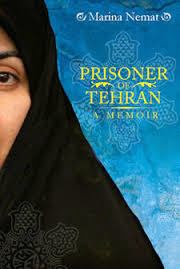 In late 1970’s Iran, the Shah’s government was on shaky ground and the relative peace of Marina Nemat’s childhood erupted into unrest and restrictions on freedom, culminating in the death of her friend. As a young woman and a Christian minority, she dared to participate in protests against the Ayatollah Khomeini and spoke out at her school when the political climate affected her education.
In late 1970’s Iran, the Shah’s government was on shaky ground and the relative peace of Marina Nemat’s childhood erupted into unrest and restrictions on freedom, culminating in the death of her friend. As a young woman and a Christian minority, she dared to participate in protests against the Ayatollah Khomeini and spoke out at her school when the political climate affected her education.
In 1982, at the age of sixteen she was arrested for her political activities, along with several of her friends and taken to Evin prison where she was interrogated and tortured. She was slated for execution, but at the last minute, a prison guard intervened and her sentence was commuted to mere “life imprisonment.” Little did Nemat realise the price she would have to pay for being allowed to live.
After several months of suffering and watching her friends be sent to their deaths, she is forced to make the most difficult choices of her life. Eventually freedom comes, but at a cost. Her traumatic experiences prove almost impossible to express to others and she recognises that she has changed. It is a prison of another kind.
The narrative is a poignant and emotional journey. Though some have criticised the book for being “movie like” or patently untrue, notwithstanding the slight variations in memory that may exist over time, this memoir has the ring of truth. The author should only be commended for her courage to write such a raw and painful story.
She comes to discern that her captors, even the Ayatollah himself, are, like all of us, a complex mixture of good and bad. This understanding of human nature and its shades of grey is impressive, when it is so much easier to paint people as either morally upright or evil. What’s more, though she fully grasps the wrongs done to her, she made the decision to forgive—of this she states, “I knew forgiveness didn’t come at once and complete, beautifully packaged and tied with a red ribbon, but it came little by little. And my forgiving…wasn’t going to erase the pain…but would help me rise above the past and face all that had happened…so I could be free” (p.236).
After many years of silence, Nemat chose to heal by giving voice to her trials and becoming a witness to the egregious errors of political imprisonment. This book was a “Canada Reads” contender in 2012. A well written and moving story.
The post Book Review: Prisoner of Tehran appeared first on Rose Seiler Scott.
September 3, 2016
Ellen Marie Wiseman: What She Left Behind
Izzy is a teenage foster child struggling with loss, abandonment and unwanted change. When her new foster mother offers a challenge involving an old asylum, Izzy joins in with the task of documenting all that was left behind by the former inhabitants. One former patient who lived in the asylum earlier in the century, captures Izzy’s heart and imagination and her efforts to piece together Clara’s life of tragedy leads her on an interesting journey.
Wiseman has done her homework and the haunting atmosphere of the old asylum comes to life with both the past and present characters. I was thoroughly engrossed with the characters and their unique stories and couldn’t wait to see how the plot unfolded.
Though Wiseman uses Clara’s story and not a soapbox to do so, this historical novel reveals the mistakes of the past as something we can and should learn from. What She Left Behind exposes the cruelty that takes place when systems, hierarchies and misplaced ideals take precedence over the individual needs and unique circumstances of human beings. This book reminds us that institutions and caregivers responsible for vulnerable people must always remember their humanity.
The post Ellen Marie Wiseman: What She Left Behind appeared first on Rose Seiler Scott.
July 7, 2016
Historical Fiction Award
June 15, 2016
Wanna go to Poland?
“Why are you going to Poland?” my 96 year old Oma asked my father and I. Going back to the old country, even for a visit held no appeal. Considering what she had gone through in the post-war years in Europe, it was not surprising.
I was well into writing my novel Threaten to Undo Us based on those difficult years and had spent hours reading of the turbid history of Poland and its ethnic minorities. Poring over maps, I searched out elusive villages, but the names have changed. The Poland of history no longer exists and its memory is fading from those who once lived there. Still, I feel the need to go and see what I can learn.
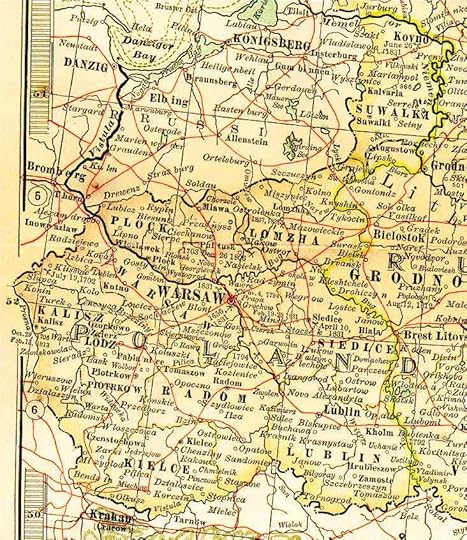
Poland 1902 Public Domain
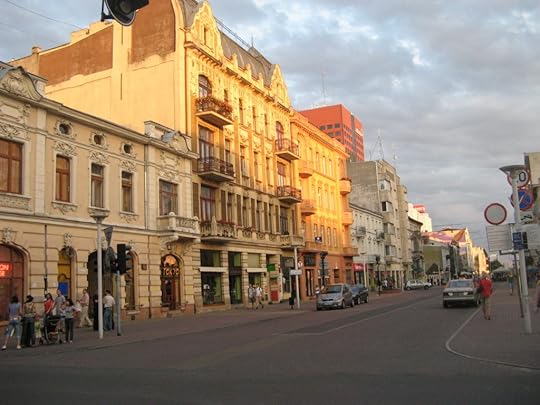
Piotrowkowska street
Fortunately my parents were seasoned travellers and in good health so I didn’t have a hard time convincing them to come along. My Dad made arrangements to meet up with a cousin in Germany who had been to Poland in recent years and would travel with us.
I wondered what I would find. An emerging second world country with impoverished and unemployed people loitering around? Or worse, roving bands of skin-headed criminals ready to steal any vehicle bearing German license plates, such as the one we drove. Based on the cost of the rental, almost equal to purchasing a second hand car, that fear may not have been unfounded.
Like disintegrating sepia photographs, my expectations dissolved as we sped past what had been the border, along a newly paved highway adorned with modern billboards, stores and roadside restaurants. In a mere 25 years, Poland has gone from economic oppression to the expansive umbrella of the European Economic Union.
Our adventure began with lunch; the same meal we would eat on several occasions: cabbage, pork chops and potatoes. Apparently that hadn’t changed much over the years.
The menu would have been indecipherable, except for Dad and E who had brushed up on their long unused Polish. Here I must digress. I find the rhythms and origins of languages fascinating, though I only speak English and a little German. Much to a neighbour’s surprise, I once figured out most of a recipe written in Romanian. I utilized Latin prefixes, Italian music vocabulary, a German word or two and my cereal box French.
With a little effort, I assume it shouldn’t be that difficult to decipher the gist of simple written phrases in most European languages. But on this, I am very wrong. Polish has Slavic roots and is related to Russian and Czech, definitely not English, Germanic or Latin languages. The use of the Roman alphabet doesn’t really help English readers when there are six consonants in a row. No clues whatsoever.
Regardless, like most Canadian travellers, I determined to learn at least a few words requisite for politeness: Djin dobre (hello), Dziękuję (thank you) and Do widzenia (goodbye).
Late in the afternoon we arrived in Łódź, but the sultry German voice on our GPS did not guide us to our hotel. In fact, we could not seem to get onto Piotrokowska street at all and ended up in an area of town where you don’t want to be when you don’t speak the language and your travelling companions are senior citizens. But E. didn’t seem worried. We parked by a newsstand and she got out of the vehicle. In broken Polish she asked the proprietor, a beefy looking guy about six feet tall, for directions.
He gestured for us to wait, locked up his kiosk, then came over to the car, insisting through that he would ride with us!
I quickly sized up the situation and checked the vehicle exits. Let’s see there was me, an unathletic, arthritic forty-something with no weapons, my parents and the cousin, in their sixties and seventies. The only help I could see was from above, so I sent up an urgent request to be returned alive at the appropriate interval to my family at home.
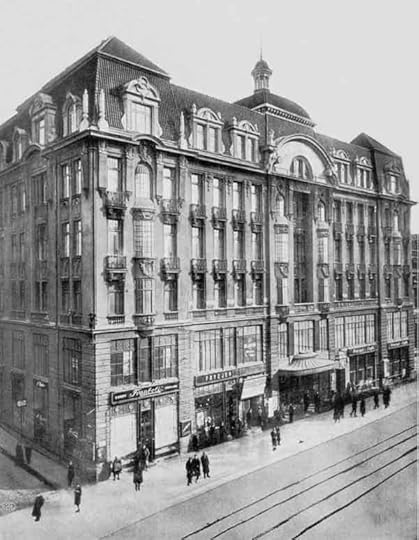
The Grand Hotel
In about 3 minutes we were at our destination. Without pulling a knife or gun, the man jumped out of the car. Barely allowing for our hurried “Dziękuję,” he disappeared without even asking for a ride back.
The reason the GPS had not led us correctly: Piotrkowska Street is reserved for pedestrians. Should have known that from my research!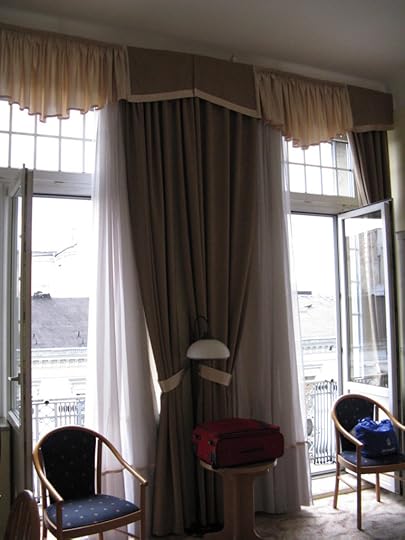 Like our helpful carjacker, the hotel did not disappoint. Charming and authentic, the Orbis Grande is over 100 years old, its edifices integral to iconic Piotrkowska street.
Like our helpful carjacker, the hotel did not disappoint. Charming and authentic, the Orbis Grande is over 100 years old, its edifices integral to iconic Piotrkowska street.
Opening the window, I could look down on the cobblestone street below, however the balcony floor was so fractured, I wasn’t about to step out there. I’d had enough adventure for one day!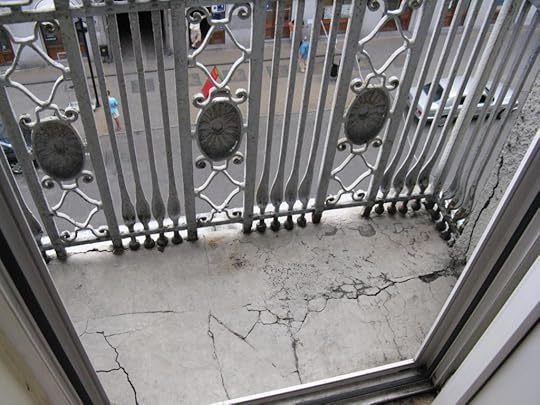
The post Wanna go to Poland? appeared first on Rose Seiler Scott.
April 25, 2016
Book Review: In Search of Sticks
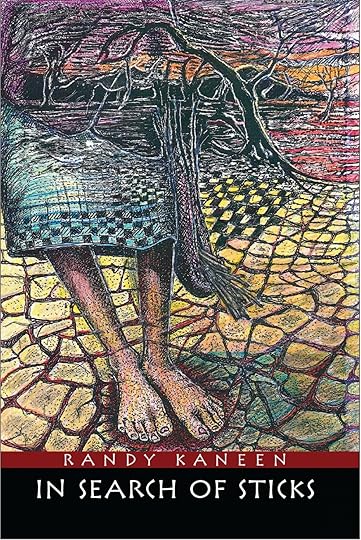 Hope and her family in Africa are born to a life of suffering. James A. Terrance, with a talent for mimicking accents from Australia to Ireland, lives a life of comparative luxury and simple routine in North America. In reading a newspaper article he begins to wonder about the ease of his life and why people in other parts of the world suffer.
Hope and her family in Africa are born to a life of suffering. James A. Terrance, with a talent for mimicking accents from Australia to Ireland, lives a life of comparative luxury and simple routine in North America. In reading a newspaper article he begins to wonder about the ease of his life and why people in other parts of the world suffer.
As the story unwinds, the situation in Africa escalates. Violence, disease and starvation loom around every corner. When James decides to do something, a journey of discovery and frustration ensues. Can he make a difference and mobilize others to do so?
This book is both beautiful and heartbreaking with an omniscient writing style unique in today’s narratives. Kaneen pans from all viewpoints; across the world, his characters, their environments and inside the human soul. With a keen sense of the complexity of the world and the situations we find ourselves in, he paints a philosophically touching picture.
A literary piece, truly moving and well worth reading.
The post Book Review: In Search of Sticks appeared first on Rose Seiler Scott.
April 15, 2016
Sale! Ends this weekend!
Get the Kindle copy for only .99 U.S. or $1.44 Canadian!
The post Sale! Ends this weekend! appeared first on Rose Seiler Scott.
Wittenberg Part 2: A Dark Secret
After we visited tower church and took our pictures in front of Martin Luther’s statue (albeit under scaffolding) we carried on further into the town to look at the parish church of St. Mary, where Martin Luther preached much of the time.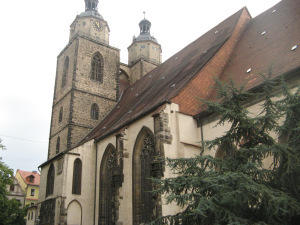
Wandering around the building outside to look at the architecture and items of interest, here is something I did not expect to see.
At the back, carved below the roof and chimney, as if an afterthought to the official architecture and design of the church exterior, is a small relief sculpture depicting pigs and Jews; clearly an anti-Semitic insult.
My heart is sickened as I look on this strange fresco dated from 1305. Who would have thought to put such a thing on a church whose founder, Jesus Christ, was Jewish?
Apparently this “Judensau,” found in other locales in Europe and dating from the Middle ages, is one of the surviving examples of a form of degenerate folk art depicting Jews and pigs.
As a 21st century Christian, I wonder what was going through people’s heads back in those days. It’s impossible to say, so I can only speculate. Besides being evidence of the darkness of human hearts, were these prejudices a backlash for the persecution of early Christians? Was this insulting relief and others like it an ill thought out re-iteration of Biblical judgement on those who reject Jesus as Messiah? Or was it simply an “us” and “them” mentality brought about by ignorance of people who were largely illiterate and whose access to Scripture was limited by the fact that the printing press wasn’t yet invented?
I don’t know, but curious as I am to understand, if I were to dive into the “why” of historic anti-Semitism, I would be opening centuries of disgusting worms and that would go way beyond the scope of this blog post.
I can only say that over history, there are things the church as an institution, and individuals who claim to be part of the church, have got wrong.
Hatred was never what Jesus intended.
But there is good news in this case: Eventually there was acknowledgement of the wrongs of the past. The fresco has been left intact, probably for historical purposes, but imbedded in the cobblestones below is a new plaque, a response from the congregation, installed in 1988. Between four tiles, a molten substance like gold, presses up – the cross of Christ, a sign of guilt and atonement.
The inscription around the plaque reads: “The true name of God, the maligned Chem Ha Mphoras, which Jews long before Christianity regarded as almost unutterable holy, this name died with six million Jews, under the sign of the Cross.”
The apology took a long time, but light has been cast on Wittenberg’s dark secret. Unlike their forbears, this congregation got it right.
The post Wittenberg Part 2: A Dark Secret appeared first on Rose Seiler Scott.
March 28, 2016
Giveaway
We interrupt this blog series for a brief announcement. Win one of three free copies!
Goodreads Book Giveaway

Threaten to Undo Us
by Rose Seiler Scott
Giveaway ends April 09, 2016.
See the giveaway details at Goodreads.
The post Giveaway appeared first on Rose Seiler Scott.

